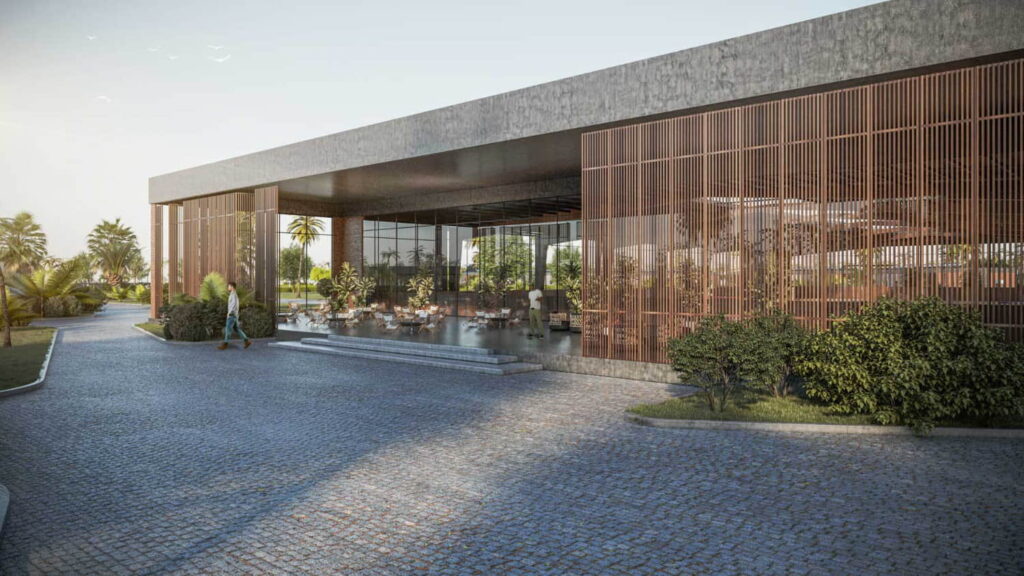At Equine Design Studio, we are a team specialized in the design of horse farms and stables. Private horse stables should be designed and built to meet the health, safety and comfort needs of horses. In this article, you can find detailed information about the basic principles that should be considered in the design of private horse stables and the solutions we offer at Equine Design Studio.
1. Health and Safety
The health and safety of horses are paramount in stable design. Providing suitable living conditions is crucial for maintaining the well-being of the horses.
- Ventilation: Proper ventilation systems improve air quality within the stable, preventing the buildup of moisture, dust, and ammonia. This is essential for protecting the respiratory health of the horses.
- Lighting: Both natural and artificial lighting regulate the horses’ biological clocks and enhance overall health. Natural light sources should ensure adequate sunlight throughout the day.
- Flooring: Stable floors should be covered with materials that ensure the horses’ comfort and safety. Non-slip, durable, and easy-to-clean flooring materials are ideal.
2. Comfort and Welfare
The comfort and welfare of horses are another crucial aspect of stable design. Creating comfortable spaces ensures a high quality of life for the horses.
- Bedding: Comfortable bedding materials are essential for ensuring the horses can rest well. Natural materials are ideal for the horses’ comfort.
- Stable Dimensions: The dimensions of the stables should allow horses to move comfortably. Adequate width and height reduce stress levels.
- Sound Insulation: To provide a quiet and peaceful environment, sound insulation is important. Noise can increase stress levels in horses and lead to health problems.
3. Functionality and Usability
Functional and usable stables make daily life easier for both horses and caretakers. A good design enhances the efficiency of daily care routines.
- Storage Areas: Suitable storage areas for feed, hay, and other materials help maintain an organized and clean stable environment.
- Feeding and Watering Systems: Automated feeding and watering systems ensure that the horses’ nutritional needs are met regularly and balanced.
- Ease of Cleaning and Maintenance: Stables should be easy to clean and maintain. This ensures a hygienic environment and speeds up maintenance tasks.
4. Energy and Water Efficiency
Sustainability is an essential part of modern stable designs. Energy and water efficiency are important both environmentally and economically.
- Solar Energy: Solar panels can meet the energy needs of the stables and reduce energy costs.
- Water Management: Rainwater harvesting systems and greywater recycling systems ensure the efficient use of water resources.
- Energy-Efficient Lighting: LED lighting systems reduce energy consumption and have a long lifespan.

